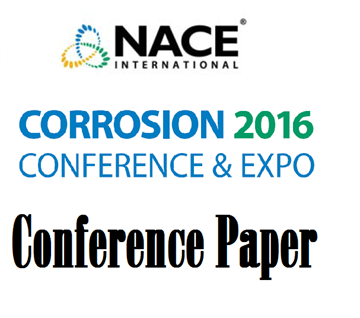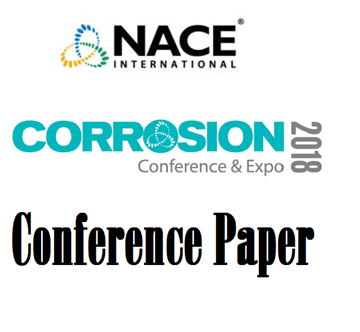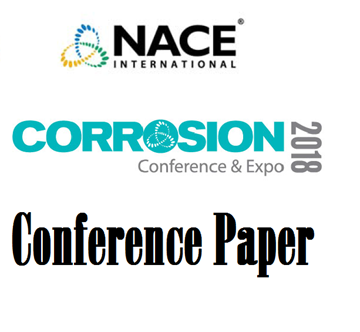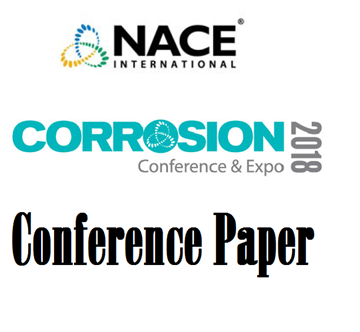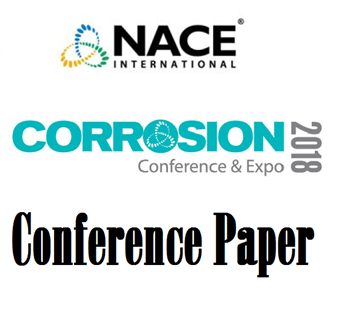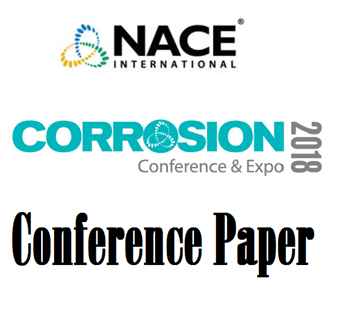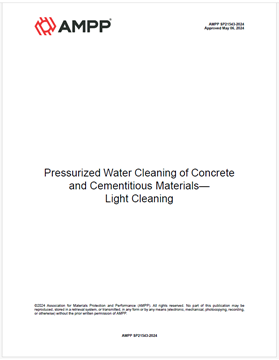Search
Products tagged with 'concrete'
View as
Sort by
Display
per page
51316-7235-Detecting Inhibitor Migration Depth in Topically-Treated Concrete Using DART-MS
Product Number:
51316-7235-SG
ISBN:
7235 2016 CP
Publication Date:
2016
$20.00
51318-10516-Significance of Evaluation Methods for Surface Applied Corrosion Inhibitors
Product Number:
51318-10515-SG
Publication Date:
2018
$20.00
51318-10859-Examination of Methods for Reinforced Concrete Steel Corrosion Remediation and Structure Life Extesi
Product Number:
51318-10859-SG
Publication Date:
2018
$20.00
51318-10953-SCC Study of Carbon Steel Welds Exposed to Concrete Pore Water Under Anoxic Conditions
Product Number:
51318-10953-SG
Publication Date:
2018
$20.00
51318-11079-Assessment of Aging Mechanisms for Concrete Exposed to Outdoor and Below-Grade Environments in Spent
Product Number:
51318-11079-SG
Publication Date:
2018
$20.00
51318-11393-Picture for Development of Corrosion Rate Monitoring Method of Steel in Concrete, - CIPE (Current Interrupted Polarizing Extrapolation Method) -
Product Number:
51318-11393-SG
Publication Date:
2018
$20.00
51318-11598-Epoxy coated galvanized rebars as an alternative for rebars used in concrete structures contaminated with chloride ions
Product Number:
51318-11598-SG
Publication Date:
2018
$20.00
A Practical Approach to the Rehabilitation of a Wastewater Treatment Facility: Utilizing Case Histories to Demonstrate “Real-Life” Applications
Product Number:
41212-664-SG
Publication Date:
2012
$20.00
A Total Performance Approach to Concrete Preparation for Epoxy Systems
Product Number:
41206-292-SG
Publication Date:
2006
$20.00
Air Barrier Testing of Concrete Masonry Assemblies and the Effect of Surface Coatings on Air Permanence
Product Number:
41212-685-SG
Publication Date:
2012
$20.00
AMPP SP21543-2024, Pressurized Water Cleaning of Concrete and Cementitious Materials—Light Cleaning
Product Number:
AMPP SP21543-2024
Publication Date:
2024
$109.00
An Overview of Petrographic Examination of Concrete as Related to Polymer Floor Coating Failures
Product Number:
41213-727-SG
Publication Date:
2013
$20.00

